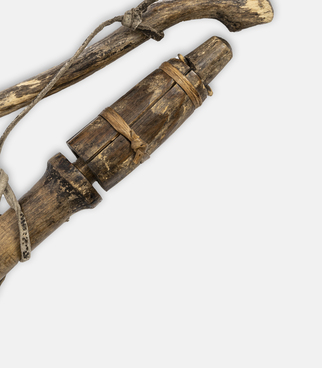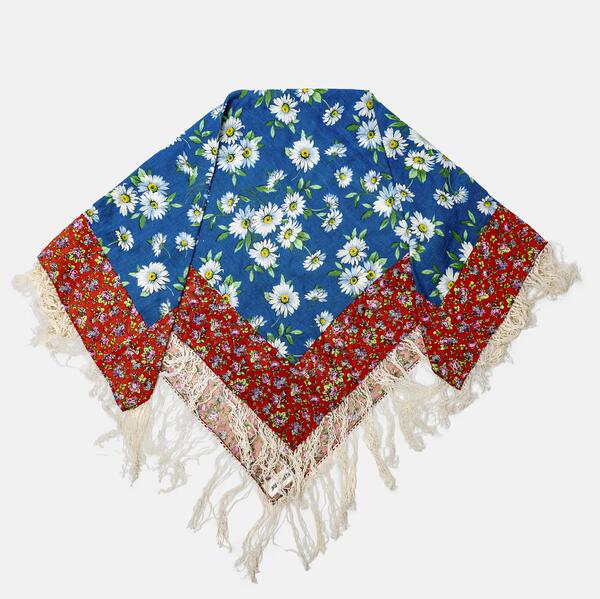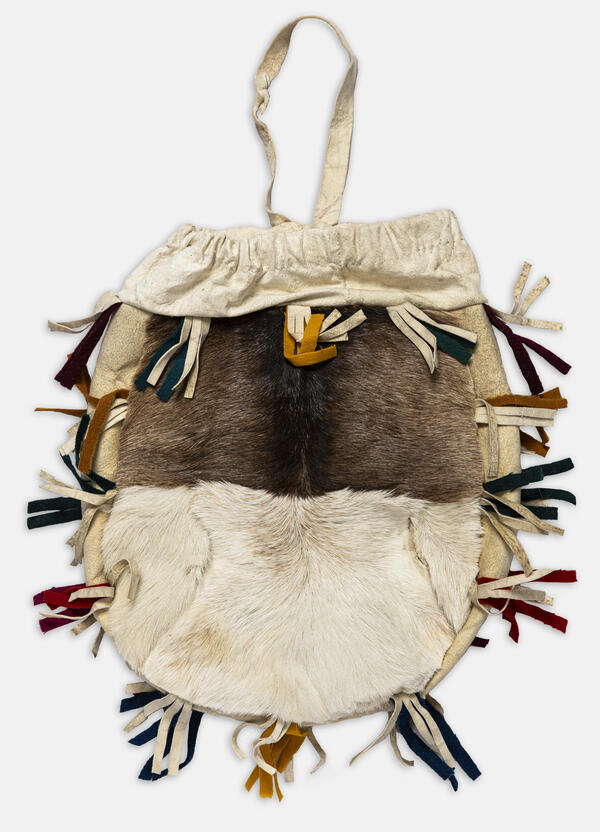For many centuries, the indigenous peoples of the North have maintained the same attitude to playing games. They are regarded as a universal and harmonious system for raising children. Through games and toys, they pass on the necessary knowledge, skills, and abilities to the younger generation, educating future hunters, fishermen, reindeer herders, and homemakers.
For the Finno-Ugric people, toys have always been more than just entertainment. From an early age, Khanty children are taught to make their own toys. While crafting something by themselves, the child learns the purpose of the item they are making and gets a grasp of the methods required for doing that; and while playing, they learn how to handle this object and how to take care of it.
Toys are made using natural materials, such as clay, birch bark, wood, leather, and fur. Children also often play with old tools, including fragments of fishing nets, snares, and traps used for hunting. By playing with them, a child gradually understands how the world works and masters the crafts of their people.
Babies play with rattles made from birch bark and bird bladders. The rattles are filled with pebbles and small shot and tied to the child’s cradle. The ringing of bells and rattles was believed to scare away evil spirits who might be hunting for the baby’s soul. Moreover, if a child wears or carries a rattle, parents can always tell whether their child is nearby while they are busy with their daily work.
Khanty girls start making dolls at the age of five under the guidance of women. The first doll is at least as large as the girl’s little finger and the next ones become larger as the girl grows up. According to the Khanty tradition, a large doll resembles a human being, and it is strictly forbidden to copy the features and overall image of another doll.
Just like Khanty women, every young girl has her
own bag with sewing accessories. There is also another bag for dolls with their
clothes, other belongings, and small household items made of birch bark, wood,
fur, leather, and cloth. Girls decorate their dolls with ribbons, necklaces,
beads, and decorative patterns, and dress them in realistic clothes. In this
way, they gradually learn all the intricacies of sewing which the peoples of
the North consider to be the main craft of women.






